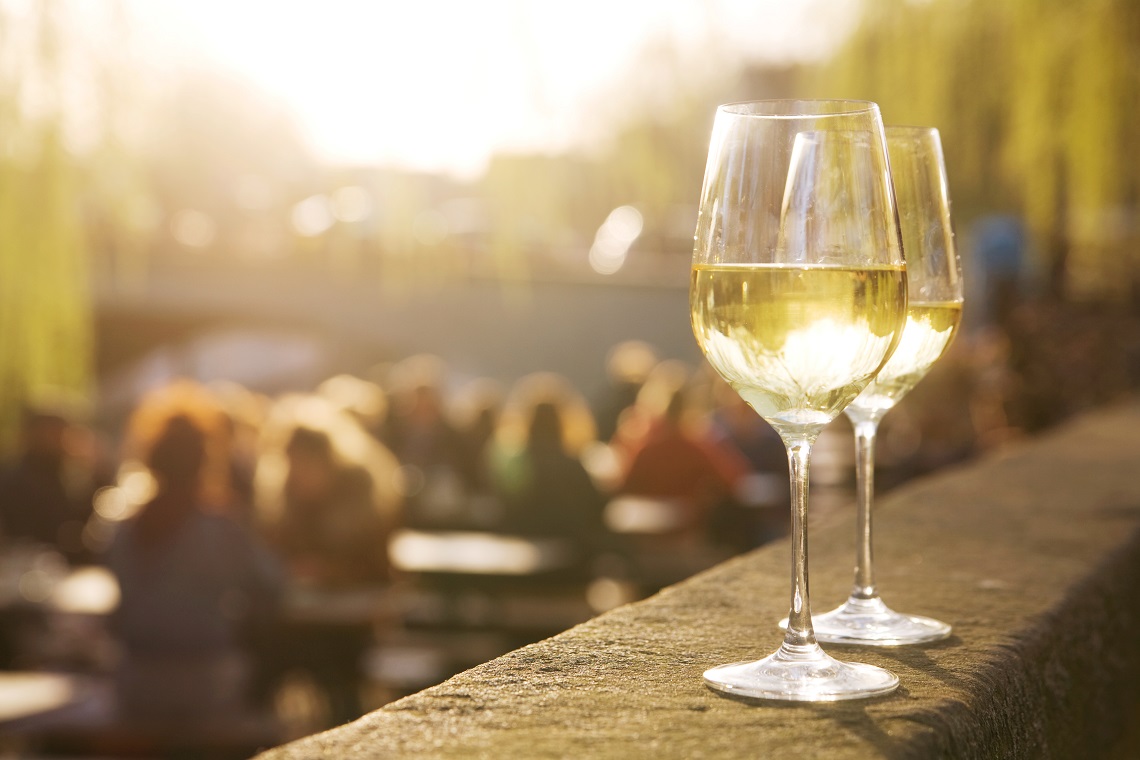Young, legal-age wine drinkers, are continuing in their significant shift away from Chardonnay and towards more aromatic styles of white wine, according to a new report from Wine Intelligence.
The grape is still proving popular with older drinkers, according to the Australia Landscapes 2017 report. The report found 43 per cent of 25-34 year old regular wine drinkers in Australia have drunk Chardonnay in the past 6 months, compared with 61 per cent of 55-64 year old wine drinkers. While the overall proportion of regular wine drinkers drinking Chardonnay has stayed flat in the short-term, significantly fewer younger drinkers are drawn to this white varietal.
Commenting on the report, Lulie Halstead, CEO of Wine Intelligence, said: “Our latest report demonstrates the extent to which our environment has an impact on our drinking habits. For those who started drinking during the 1980s Chardonnay boom, Chardonnay is still the go-to varietal. For those living in wine producing regions, their first instinct is to reach for familiar, local wines. And for the younger, well-travelled generation, their exposure to European varietals is reflected in a much wider and varied varietal repertoire.”
In the long-term, just half of all regular wine drinkers in Australia have consumed Chardonnay in the last six months, down from 57 per cent in 2012. This significant long-term decline in the drinker base signals how Australian drinkers have moved to more aromatic styles of white wine.
Pinot Grigio, Pinot Gris and Moscato have all grown in popularity, while the report found that 60 per cent of regular Australian wine drinkers have consumed Sauvignon Blanc in the last six months. Sauvignon Blanc and Moscato are now the top two white varietals in the younger age group with Chardonnay lagging behind.
The report also highlights the major impact that location has on consumption. In Western Australia, home to Margaret River and a substantial producer of Semillon/Sauvignon blends, Semillon/Sauvignon is the most likely white wine to be consumed. In contrast, the highest proportion of Riesling drinkers is found in South Australia – where wineries in Clare and Eden Valley produce award-winning dry Riesling.

